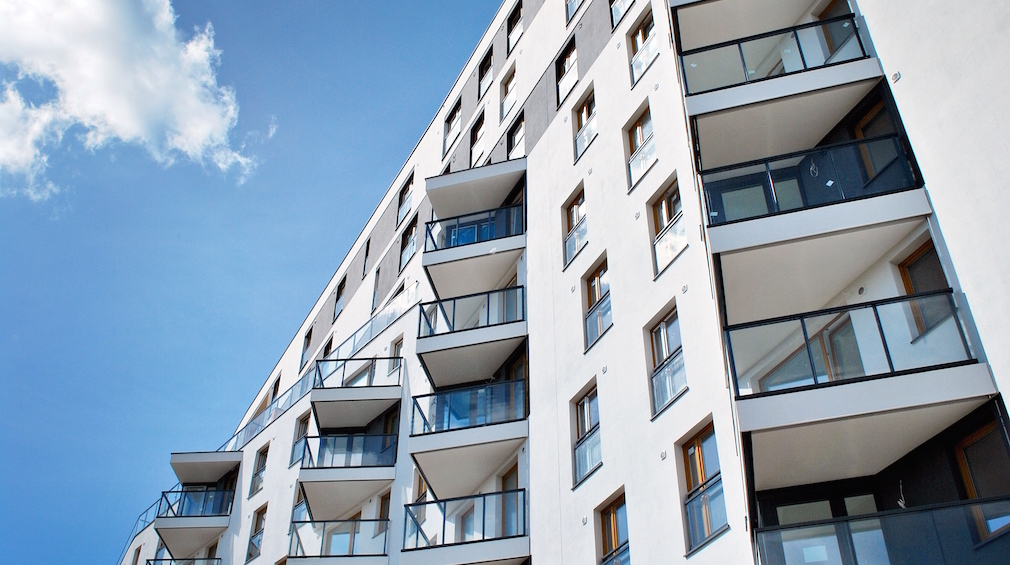[Editor's note: "In the pipeline" is a new series launched by HousingWire as we expand our coverage into the multifamily housing space. In this series, we will focus on the issues at the core of multifamily market and what's trending right now.]
Overbuilding in urban core markets is driving multifamily investors to the suburbs and has turned the multifamily market into a sellers' game. After years of elevated rates of deliveries, 2018 is predicted to be a year of slowing deliveries. This puts additional strain on an already languishing affordable housing market as investors shy away from new product despite the overall lack of housing in the U.S.
New research from commercial real estate giant JLL provides a window into the state of the multifamily housing industry.
“Despite the current multifamily building boom, the U.S. housing market as a whole remains undersupplied,” JLL’s research team said in its latest multifamily investment outlook report. “A study released in 2017 from the National Multifamily Housing Council and National Apartment Association highlighted the need for at least 325,000 new units to be constructed every year until 2030 to keep pace with demand. The annual average of newly delivered units over the past decade is a lesser 250,000 units.”
In an interview with HousingWire, CBRE Head of Multifamily Research Jeanette Rice said that though many investors are talking about the threat of overbuilding in urban core areas, the overarching national theme is a shortage of housing, especially in the affordable category.
The lack of construction is not for want of capital, Rice said, adding that the multifamily space is flush with capital for both debt and equity from all kinds of investors. According to Rice, banks, life insurance companies, debt funds and mortgage REITs all want their piece of the multifamily pie and have loads of cash with which to take it.
“The availability of capital is really strong, and we knew this in January," Rice told HousingWire. "Then we talked to so many different groups that said, ‘I have a billion dollars [to invest in multifamily].’ We lost count of how many groups said, ‘I have a billion dollars and want to invest with you in multifamily.”
But investors seem to be more willing to spend on acquisitions of existing properties rather than new construction, leading to a scarcity of supply.
That leads to an unfortunate catch-22 for the American housing market: Demand is undeniably present for affordable housing, but the threat of overbuilding, rising cost of construction (up 4.2% over the course of 2017 according to Rider Levett Bucknall's North American construction cost report) labor and commodities make that demand fiscally inaccessible and put a chill on multifamily pipelines.
The result is that, as of right now, the multifamily market is a seller’s market.
Because new product has been primarily delivering in urban core markets, those areas are now perceived as overbuilt, and most investors have turned their attention to the suburbs.
“While the supply story has been national in scope, the product that has delivered or is currently under construction has skewed toward urban submarkets. As a consequence of this, and with yields in cities at record lows, investment into urban multifamily assets in 2017 declined significantly," JLL's research team notes. "High-rise acquisitions fell by 41.5%. Conversely, capital flocked to the suburbs, purchasing garden-style product at an elevated rate. Garden-style assets represented 65.9% of all multifamily acquisitions, the highest rate during the past ten years."
Another trend Rice noted is a move away from value-add properties, which Rice says some buyers feel are becoming more expensive than they are worth in the current market conditions. Rice said this is largely due to high-demand for value-add properties and the fact that no companies are building Class-B or C product.
"Some capital is saying, 'you know, value-add is really expensive for what you do and the risk you take on, so maybe it makes sense for us to go back and to buy core product,'" Rice said.
According to Rice, this has led to a growing sub-trend of investor preference for slightly distressed urban core property. Investors are seeking to turn overbuilding lemons into cheap-acquisition lemonade, opting for relatively new urban core product that is struggling to lease-up due to urban core overbuilding plight.
The idea there is essentially to buy nice product in the urban core, absorb a couple years of famine with rent concessions, and wait for the overbuilt market to self-correct.
This investor response feeds into the overall housing shortage, and as of yet, no one seems to have a viable solution for the lack of housing in the U.S., and as this is the case, people will continue struggle to find homes in both the single-family and multifamily sectors.
Rice said one the biggest indicators that this problem is here to stay is that the cost of housing keeps rising by about 7% per year, and income is not rising at nearly the same rate.
That said, it is not all bad news for people in need of affordable housing. Some developers and entities are taking steps to solve the issue or at least stem its tide. For example, Fannie Mae and Freddie Mac’s first quarter reports indicated that both of the government-sponsored enterprises dedicated the lion’s share of their new multifamily loan guarantees to affordable product. According to Freddie Mac, 83% of the 152,000 units it funded in Q1 were in the affordable class, and more than 90% of Fannie’s 154,000 units were classified as affordable.
This is welcome news, but we are a long way off from solving the housing shortage in America.





